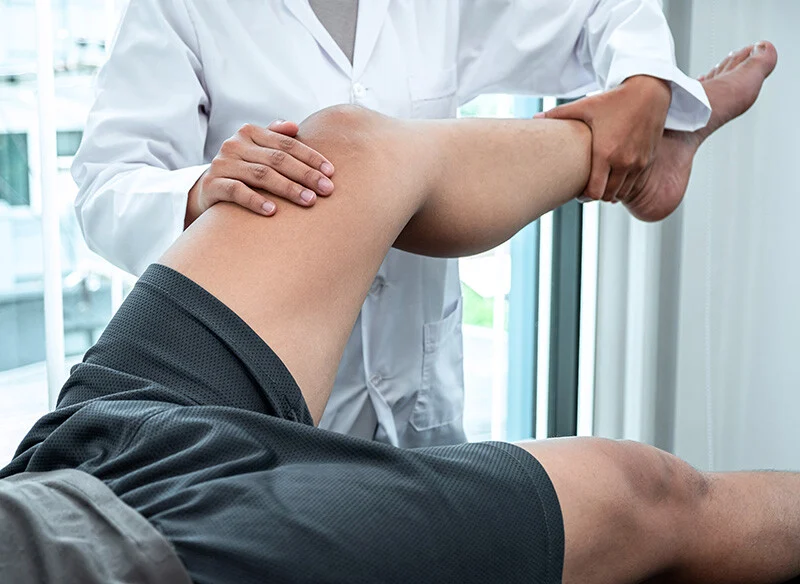Cosmetic limb lengthening has become a remarkable advancement in aesthetic and orthopedic medicine, offering individuals the opportunity to increase their height and enhance body proportion. For many, this procedure goes beyond physical transformation; it can boost confidence and improve overall self-esteem. However, because it is a complex and gradual process, preparation is one of the most important parts of a successful outcome. Understanding what to expect before, during, and after the procedure allows patients to approach it with confidence and realistic expectations.
Understanding The Procedure
Before beginning preparation, patients should have a clear understanding of what cosmetic limb lengthening involves. The procedure typically includes surgically cutting the bone in the leg and gradually separating it using an adjustable device. This controlled process allows new bone tissue to grow and fill the gap, resulting in longer limbs. Modern technology has made this method safer and more precise, but it still requires patience, dedication, and a commitment to post-surgical care.
Consulting with a qualified orthopedic or cosmetic surgeon is the first and most critical step. During consultations, the surgeon will assess the patient’s bone health, medical history, and goals. It is essential to have an honest conversation about achievable results and potential risks. Not everyone is a good candidate for limb lengthening, and a number of criteria, including general health, muscular flexibility, and bone density, influence appropriateness. For more information on advanced height enhancement procedures, visit https://www.limbplastx.com/cosmetic-lengthening-treatments to explore the latest cosmetic limb lengthening treatments.
Physical Preparation
Preparing the body for surgery helps improve recovery outcomes. Surgeons often recommend strengthening the muscles around the legs through guided physical therapy sessions before the procedure. Building flexibility and endurance ensures that the body can better handle the gradual stretching of muscles, tendons, and nerves during the lengthening process.
Bone healing and muscle strength are supported by eating a balanced diet high in calcium, vitamin D, and protein. Avoiding smoking and alcohol before surgery is crucial, as these habits can delay bone regeneration and increase the risk of complications. During rehabilitation, regular exercise and keeping a healthy weight also help patients heal more quickly and feel more comfortable.
Mental And Emotional Readiness
While the physical side of limb lengthening is well understood, emotional preparation is equally important. The process requires patience and resilience because progress is gradual and results take time to appear. To exchange stories and stay motivated during their recovery process, many patients find that talking to a counselor or participating in support groups is beneficial.
Setting realistic expectations is another essential part of mental preparation. Understanding that height increase is not instant and that temporary discomfort is part of the healing process helps patients remain positive and focused. The recovery phase may take several months, but the long-term outcome is often deeply rewarding for those who are mentally prepared.
Planning For Recovery
Recovery after cosmetic limb lengthening requires careful planning and commitment. Patients should arrange for a supportive home environment before surgery. This may include installing assistive devices such as grab bars, adjustable chairs, or mobility aids to ensure comfort and safety during the healing process.
Since the procedure affects mobility, patients might need assistance with daily tasks during the first few weeks. Having a family member or friend to help with transportation, meals, and personal care can significantly reduce stress. Many patients also plan their professional and personal schedules in advance, allowing sufficient time for rest and rehabilitation.
Follow-up appointments are a crucial part of recovery. The surgeon monitors bone growth progress, adjusts the lengthening device as needed, and ensures that healing is occurring correctly. Consistency in attending these appointments and adhering to the surgeon’s advice can make a major difference in the overall outcome.
Physical Therapy And Rehabilitation
After surgery, physical therapy becomes an ongoing part of daily life. Exercises help maintain joint flexibility, strengthen muscles, and improve balance as the legs gradually lengthen. Although therapy can be challenging at times, it is essential to achieving the best possible mobility and alignment once healing is complete.
In the event of discomfort or difficulty, patients are advised to speak candidly with their surgeons and therapists. This teamwork ensures adjustments can be made quickly, keeping recovery on track and minimizing potential complications.
Long-Term Care And Lifestyle Adjustment
Once the desired height is achieved and bone consolidation is complete, patients transition into the final phase of recovery. Continued physiotherapy, good nutrition, and a healthy lifestyle all play a role in maintaining results. Most people are able to return to normal activities with improved confidence, posture, and mobility.
It is important to remember that cosmetic limb lengthening is both a physical and emotional journey. Taking time to prepare, understanding every step of the process, and building a strong support network are key to success. Patients can anticipate a life-changing result that improves their looks and quality of life with the correct attitude and medical advice.
Cosmetic limb lengthening is not merely about adding inches to one’s height. It is about achieving a balance between body, mind, and confidence. Patients may guarantee a more seamless experience and take advantage of the long-term advantages of this cutting-edge technique by being well-prepared and adhering to professional advice.










